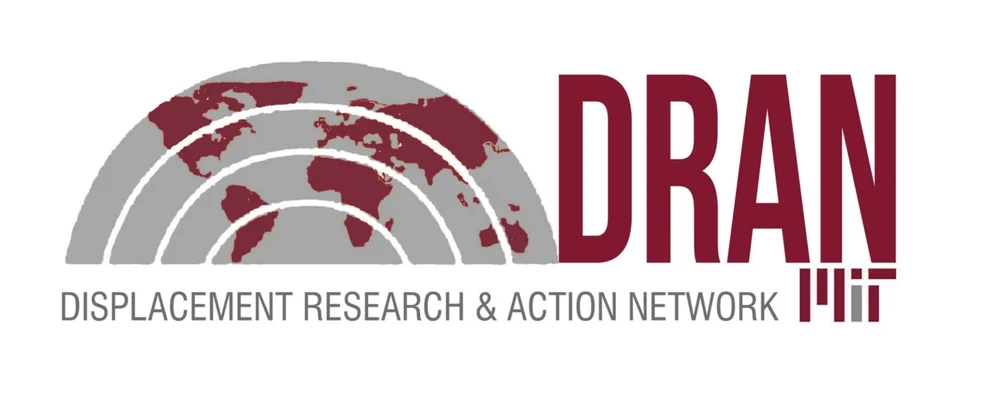A Briefing Paper by the Internal Displacement Monitoring Centre (IDMC)
Authored by Nadine Walicki
This July, progress against the targets of the UN 2030 Agenda on Sustainable Development was reviewed at a High Level Political Forum in New York. The six Sustainable Development Goals (SDGs) in focus this year were on reducing poverty (SDG 1), hunger (SDG 2), improving health (SDG 3), gender equality (SDG 5), building resilient industry and infrastructure (SDG 9), and protecting the marine environment (SDG 14).
All of the goals are relevant to internal displacement as progress can help prevent displacement and reduce its negative impacts. However, investments into these six areas can also generate new vulnerabilities and risks as well as violate peoples’ rights. This can undermine the overall achievement of the 2030 agenda, which explicitly states the 17 sustainable development goals in the agenda seek to realize the human rights of all.
One risk is forced displacement of people from their homes and livelihoods. This often leads to impoverishment and marginalisation, but these adverse impacts of development are rarely accounted for in reviewing progress against development targets. The result is a positively skewed assessment of development progress that is not in line with the reality on the ground.
This briefing paper explores the relationship between the six goals reviewed this year and internal displacement across the globe. SDG 9, and the associated investments in infrastructure and industrial development, is of particular interest: while building resilient infrastructure is critical to broader economic and social development, it also regularly displaces people from their homes and livelihoods, and can result in new poverty and marginalisation.
The trade-offs inherent in development investment must therefore be made visible and accounted for in review exercises. The connections between the different SDGs must be considered, to make sure progress in area does not set back advances in others. In this briefing paper, IDMC highlights these connections and the need to identify, measure and expose both progress and setbacks within the 2030 Agenda.

